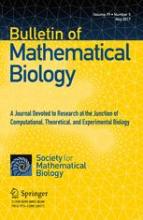Environmental changes are forcing many species to track suitable conditions or face extinction. In this study, we use a two-dimensional integrodifference equation to analyze whether a population can track a habitat that is moving due to climate change. We model habitat as a simple rectangle. Our model quickly leads to an eigenvalue problem that determines whether the population persists or declines. After surveying techniques to solve the eigenvalue problem, we highlight three findings that impact conservation efforts such as reserve design and species risk assessment. First, while other models focus on habitat length (parallel to the direction of habitat movement), we show that ignoring habitat width (perpendicular to habitat movement) can lead to overestimates of persistence. Dispersal barriers and hostile landscapes that constrain habitat width greatly decrease the population’s ability to track its habitat. Second, for some long-distance dispersal kernels, increasing habitat length improves persistence without limit; for other kernels, increasing length is of limited help and has diminishing returns. Third, it is not always best to orient the long side of the habitat in the direction of climate change. Evidence suggests that the kurtosis of the dispersal kernel determines whether it is best to have a long, wide, or square habitat. In particular, populations with platykurtic dispersal benefit more from a wide habitat, while those with leptokurtic dispersal benefit more from a long habitat. We apply our model to the Rocky Mountain Apollo butterfly (Parnassius smintheus).
